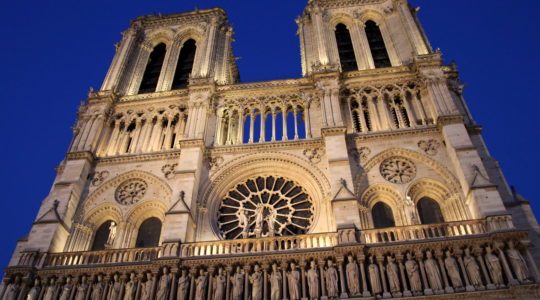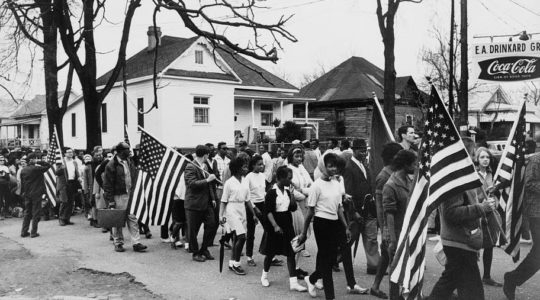Trees planted by the Jewish National Fund to act as wind-and-water-breaks around southern settlements saved lives in one case, and protected the land from the raging elements in many others, during the recent flash flooding in the Negev and Sinai.
At Di-Zahav, south of Eilat on the Sinai coast, local people said they escaped drowning during the torrential floods by clinging to palm trees that JNF had planted in the area some years ago. At Neviot, also south of Eilat, JNF foresters found that the 30-40 meter wide belts of trees planted around the settlement to protect it from wind and sand had withstood the storm and protected the settlers and their buildings.
At Ein Yahav, a prosperous moshav in the Arava region north of Eilat, the JNF found that tamarisk trees planted along the banks of the Nahal Arava watercourse to protect the settlement and its fields from flash floods had indeed kept the banks intact. Other Arava settlements, including Yotveta, Gerofit, Ketura and Elot, reported that windbreak lines of trees had stood the test of the storms and winds which were the worst in living memory in the southern region. (By David Landau)
JTA has documented Jewish history in real-time for over a century. Keep our journalism strong by joining us in supporting independent, award-winning reporting.
The Archive of the Jewish Telegraphic Agency includes articles published from 1923 to 2008. Archive stories reflect the journalistic standards and practices of the time they were published.



